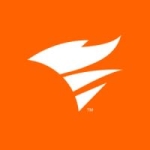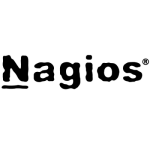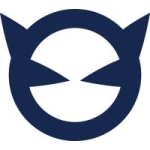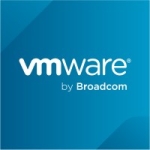What is our primary use case?
One major use case is port scanning for open reduction. We examine the default open ports in an organization to assess exposure.
Additionally, we use it to validate specific applications externally and assess the penetrability of a given environment. Various scripts and combinations help us understand configuration, uncover unrealistic ports, and determine appropriate actions.
We assess the potential for lateral movement and evaluate the extent of penetration from an attack surface perspective. Nmap is crucial for reconnaissance, helping us identify and act on vulnerabilities.
The solution is part of our cybersecurity arsenal. When it comes to financial security, these tools are fundamental to running the show.
What is most valuable?
My preference for Nmap is not solely based on the tool itself. t boils down to two main aspects.
First, considering the expected outcomes, if the tool can deliver what we're seeking, it adds a layer of ease.
Secondly, from an overall Nmap perspective, I find it advantageous as it can be seamlessly combined with other tools or scripts. This flexibility allows us to make informed decisions regarding cyber constraints and even facilitates lateral movement.
Moreover, automation becomes feasible in certain scenarios. For instance, Nmap integrates components of vulnerability scanning tools like Nessus, OpenRAS, or AppID. This integration ensures a clear understanding of the details and required outcomes, making it an effective tool for reconnaissance.
What needs improvement?
Nmap major operates through the CLI; there's no GUI component, and that's where the challenge is. However, there's a gradual evolution in this aspect.
I haven't observed the introduction of a graphical layer from a UI perspective, but if it does happen, it could handle tasks similar to Wireshark. But Nmap wouldn't replace Wireshark, as they serve distinct roles.
The integration of these components becomes feasible, allowing for effective collaboration. Presently, Nmap lacks the capability for packet capturing or reading, but in real-time scenarios, combining it with other tools can yield efficient results.
To enhance its capabilities, focusing on APIs would be a logical starting point, although the current options are somewhat limited. The digital space is evolving rapidly, so there's ample room for improvement.
For how long have I used the solution?
We have been working with this solution for more than 12 years now.
Buyer's Guide
Nmap
December 2025
Learn what your peers think about Nmap. Get advice and tips from experienced pros sharing their opinions. Updated: December 2025.
879,422 professionals have used our research since 2012.
What do I think about the stability of the solution?
I would rate the stability a nine out of ten. Patches will always be there, but everything produces results, and it's targeted.
We don't face challenges in terms of revalidation, making it quite stable.
What do I think about the scalability of the solution?
I would rate the scalability an eight out of ten.
Cloud features are absent, which is a significant drawback. However, the tool is highly effective and robust in mature aspects.
Size doesn't matter. Scanning and operation time may vary based on size, but Nmap can be adopted anywhere. It's not restricted by company size.
How are customer service and support?
It's an open-source product, and I haven't seen any premiums. Options are available for those who purchase, but for my use case, everything I need is available in the community and forums.
In enterprise-level scenarios, if issues arise with embedding components or technical partnerships with vendors, support is available.
However, common users and evangelists typically rely on the community for assistance.
How would you rate customer service and support?
Which solution did I use previously and why did I switch?
Nmap cannot be compared with any enterprise-level variants. However, SolarWinds is a candidate as they operate in the NMS space.
Nagios is another tool, an open-source, one providing visualization. The basic data collection is from Nmap, and they have the Nmap library in their Nagios part. It's not directly comparable because they've taken some features or the library and developed a different tool on top of it. That's what I've observed in the market.
How was the initial setup?
From a usability perspective, the tool is a bit complex, but from a functionality standpoint, it's robust and straightforward to comprehend.
Initial setup might pose a challenge for newcomers, but over time, it becomes more manageable.
It can be deployed as a hybrid model, provided the cloud used has backend connectivity to physical data centers. However, it's not SaaS-friendly like tools such as SolarWinds, as Nmap was developed in a time when cloud dominance and virtualization were not prevalent. Adaptability is somewhat limited, and that's what got missed.
Which other solutions did I evaluate?
As a consultant, I aim for a vendor-neutral approach. Whenever there's a need or requirement, we adapt accordingly. Our major focus is on understanding the customer's exact needs, especially when commercial convergence is involved. Based on that, we position ourselves.
What other advice do I have?
Overall, I would rate the solution a seven out of ten. The reason is that cloud and GUI scenarios are not well addressed, but it's a reliable component for various purposes.
It's a dependable and reliable tool for any reconnaissance activity. It's a good choice for basic tech service management recon.
Which deployment model are you using for this solution?
Public Cloud
If public cloud, private cloud, or hybrid cloud, which cloud provider do you use?
Disclosure: My company does not have a business relationship with this vendor other than being a customer.




















